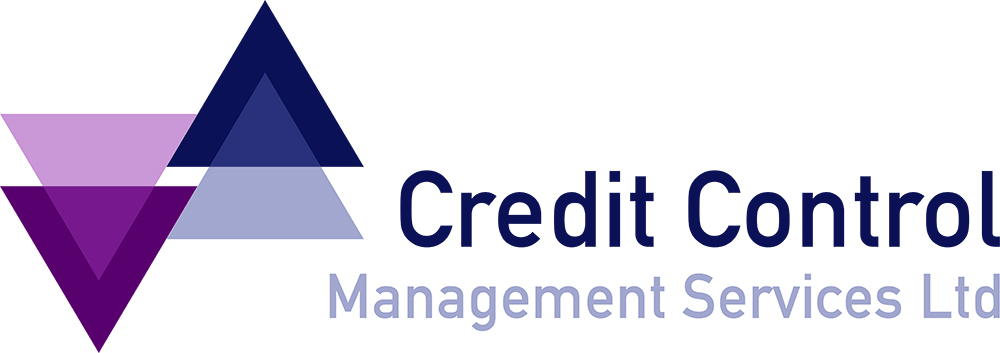Effective credit control is essential for maintaining a healthy cash flow and minimising the risk of bad debt for businesses. Here are some top tips for managing credit effectively:
- Clear Credit Policies: Establish clear credit policies outlining terms of trade, credit limits, payment terms, and consequences for late payments. Ensure that customers understand these policies before extending credit.
- Credit Checks: Conduct thorough credit checks on new customers before offering credit terms. This helps to assess their creditworthiness and reduces the risk of non-payment.
- Set Credit Limits: Define credit limits for each customer based on their creditworthiness, financial stability, and payment history. Regularly review and adjust these limits as necessary.
- Consistent Invoicing: Issue invoices promptly and accurately upon delivery of goods or completion of services. Clearly state payment terms and due dates on invoices to avoid confusion.
- Follow-Up Procedures: Implement a systematic follow-up process for overdue invoices. Send reminders, statements, and follow-up emails or phone calls promptly after the due date to encourage timely payment.
- Offer Incentives: Offer early payment discounts or other incentives to encourage customers to settle invoices promptly. Conversely, consider charging interest or late fees for overdue payments to deter late payments.
- Build Relationships: Foster positive relationships with customers by maintaining regular communication and providing excellent customer service. This can encourage timely payments and facilitate resolution of any payment issues.
- Monitor Aging Receivables: Regularly monitor aging receivables to identify overdue accounts and take appropriate action promptly. Keep track of payment patterns and intervene early with customers showing signs of financial difficulty.
- Alternative Payment Methods: Offer convenient payment methods such as online payments, credit card payments, or automated clearing house (ACH) transfers to make it easier for customers to settle invoices promptly.
- Use Technology: Utilise accounting software or dedicated credit management systems to streamline credit control processes, automate reminders, and generate reports for better tracking and analysis.
- Negotiate Payment Plans: Be flexible and open to negotiating payment plans with customers facing temporary financial difficulties. Establishing a structured repayment schedule can help recover outstanding debts while maintaining customer relationships.
- Regular Reviews: Conduct regular reviews of your credit control processes and performance metrics to identify areas for improvement and adjust strategies accordingly.
By implementing these tips and maintaining a proactive approach to credit control, businesses can minimise the risk of late payments and bad debts, ultimately improving cash flow and financial stability.

